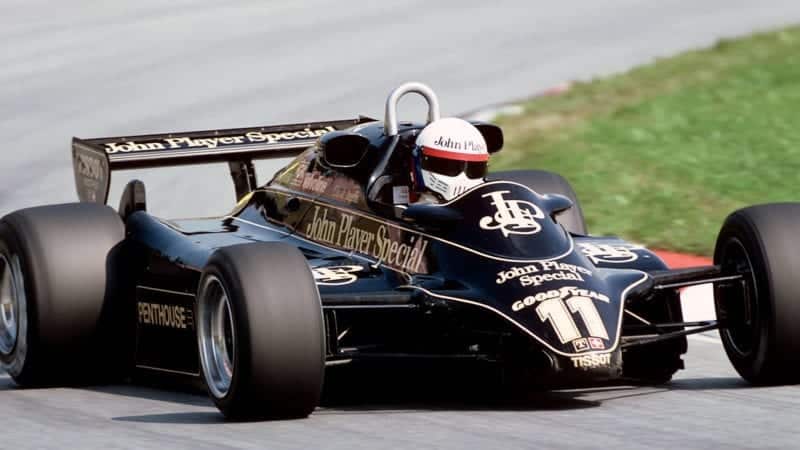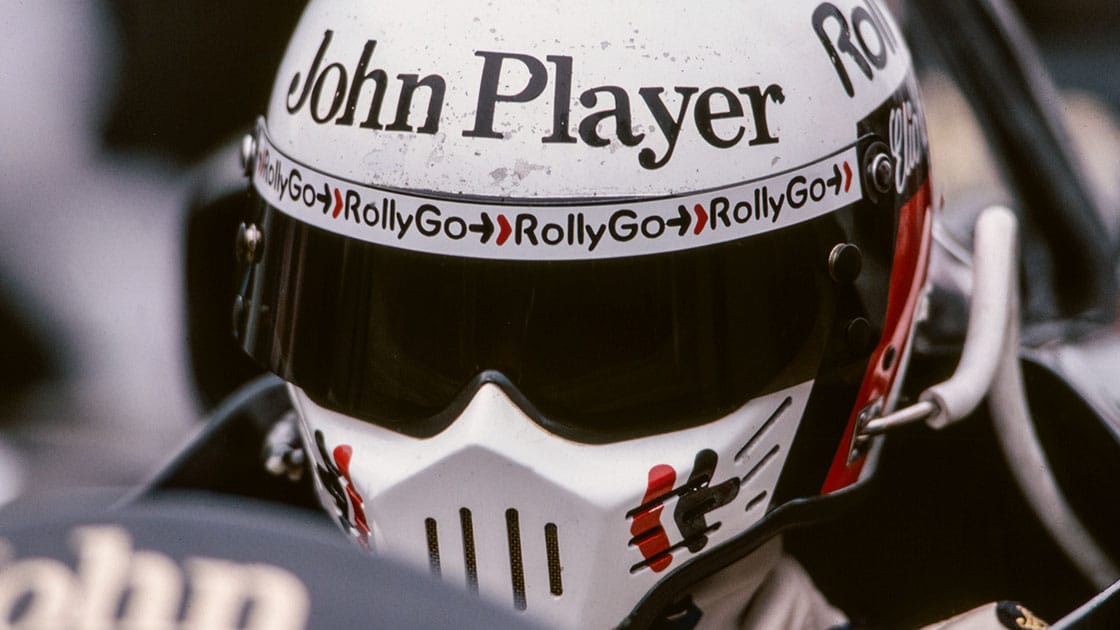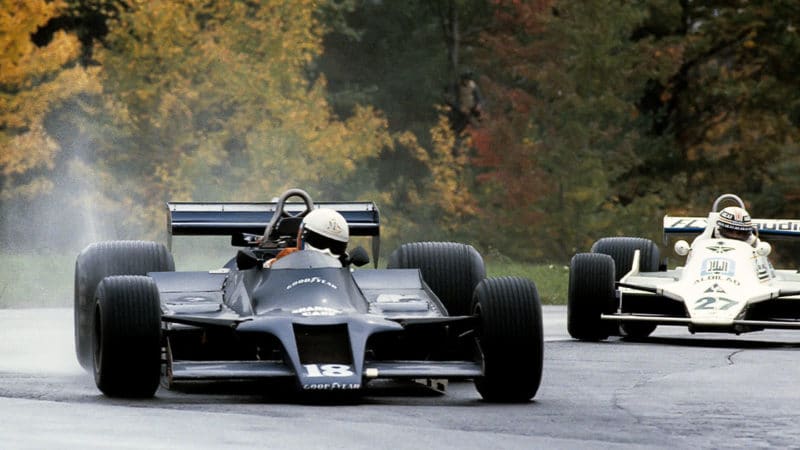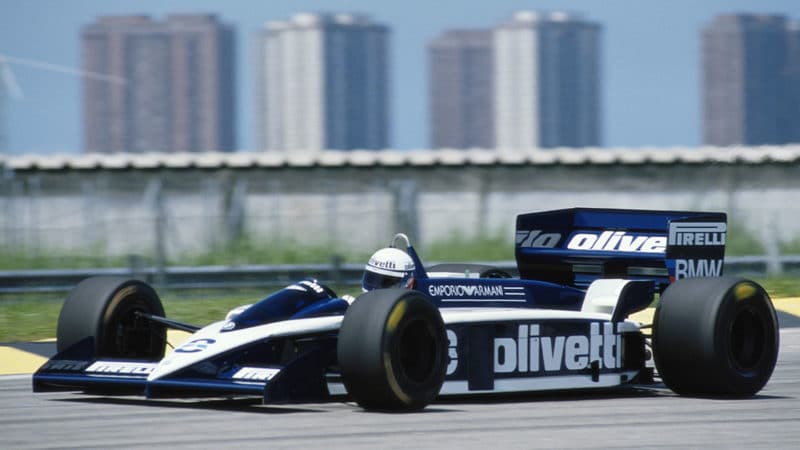As with Prost, Chris usually went to the grid in a perfectly set-up car. Elio was not like that. It wasn’t that he couldn’t communicate with his engineers; simply, he believed that enough could be too much, and he hated testing. “I think it’s crazy,” Elio said. “The team owners complain about rising costs, yet they waste money on these stupid tests at each track. What difference would it make if we didn’t do it? There are two days of practice before the race, and that should be enough. I tell you, it would make no difference, except that maybe everyone’s times would be half a second slower. The same guys would still be at the front…”
Having made his name in F3, de Angelis began his F1 career in 1979 — with Shadow. It was a rent-a-drive and the car was hardly competitive, but he did enough with it to impress.
Jo Ramirez, then working for Shadow, became a close friend. “Elio reminded me so much of François Cevert, with whom I’d worked at Tyrrell. Charming, completely genuine — and a very good driver. I remember the day he signed the contract. It was his first F1 drive, and we went out to celebrate to a coffee shop in Northampton called Cagney’s, where we had hamburgers and chips! For all his wealth, Elio was a very down-to-earth person. He used to come to my house and play the piano — like François, he was classically trained.”

En route to first F1 win in Austria
Paul-Henri Cahier/Getty Images
The pickings were thin in ’79: three points. But clearly de Angelis was quick, and if there were anything Colin Chapman liked more than a quick driver, it was a rich quick driver. De Angelis signed a Lotus contract for 1980, as team-mate to Mario Andretti, and would become synonymous with the team, staying there for six seasons, always with quick team-mates: after Andretti came Mansell, then Senna. In 1982, the year of Keke Rosberg’s world championship, de Angelis beat him — by about a foot — in the Austrian GP, and that was the last time we were ever to see Chapman vault the pit wall and hurl his cap into the air. In December he died, after a heart attack, and probably de Angelis never felt quite the same about Lotus again.



